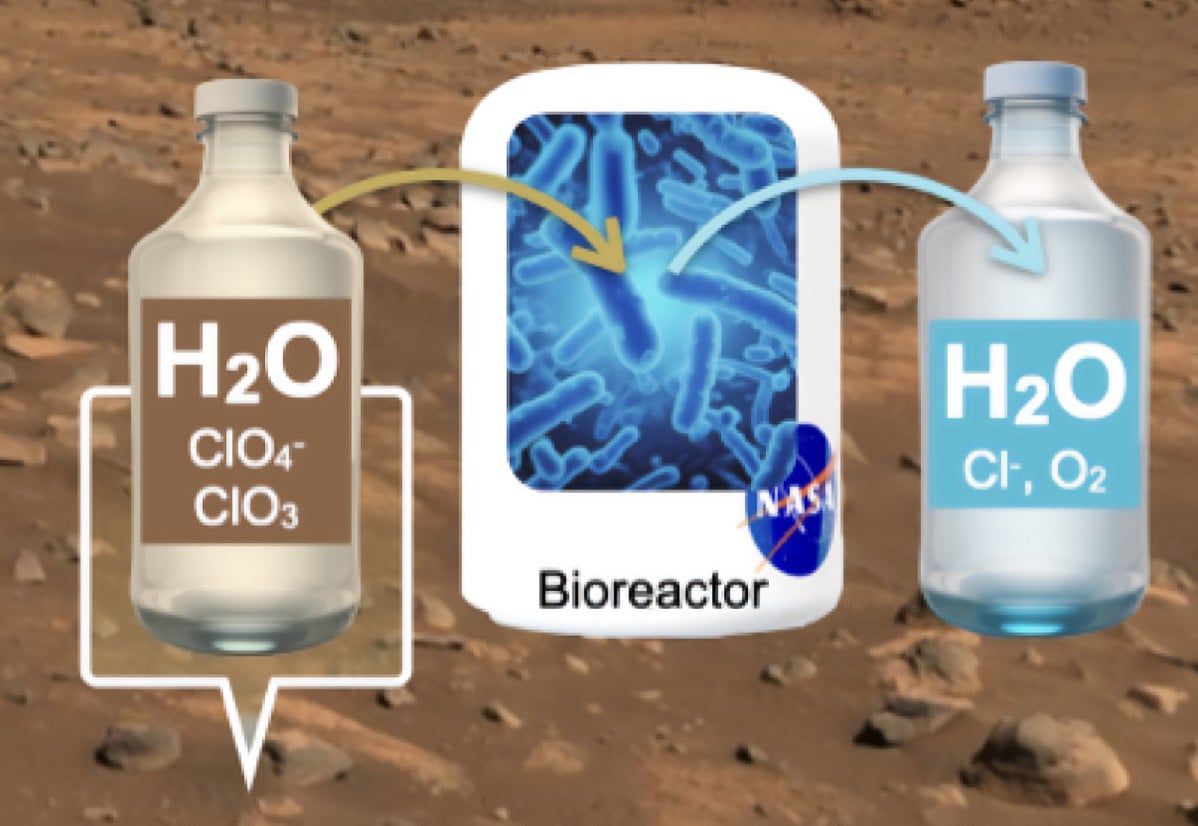Mars exploration technology has seen a lot of recent successes. MOXIE successfully made oxygen from the atmosphere, while Ingenuity soared above the red planet 72 times. However, to date, no one has ever achieved one thing that will be absolutely critical to any long-term presence on Mars - making drinkable water. There have been plenty of ideas on how to do that. Still, NASA recently started funding a Worcester Polytechnic Institute (WPI) graduate student named Lydia Ellen Tonani-Penha to look into the problem under their Space Technology Graduate Research Opportunities (NSTGRO) funding program. Her Project Tethys will examine ways to purify the frozen or liquid brine that Mars is infused with.
Ms. Tonani-Penha, along with Dr. Robert Hyers, the chair of WPI's mechanical engineering department, presented her project plan in an abstract at the 56th annual Lunar and Planetary Science Conference in Texas last month. In it, she lays out a five-point plan to assess and tackle the challenge of purifying Martian water to make it ready for human consumption.
First up is a literature review. Plenty of research has been done into the composition of Martian regolith and methods to cleanse it of the particularly toxic slurry it is mixed with. Perchlorates have been a bugbear of Mars exploration enthusiasts for good reason. They permeate almost every part of the Martian surface and are extraordinarily toxic to all known life forms. Removing them is possible but troublesome and energy-intensive. One of Tethys' primary objectives is to develop a more effective way of doing so.
Fraser discusses a realistic way to complete a Mars mission.
Prototyping would be the next step. Ms. Tonani-Penha plans to build a prototype system that will be tested with Martian simulants—and maybe some added frozen water brine—to mimic conditions in the northern hemisphere, where sub-surface frozen water is relatively common. Other factors, such as the heat transfer and electrical conductance properties of the regolith, will also factor into the prototype build.
Finally, Ms. Tonani-Penha plans to suggest future work to further her studies. There is still a long way to go before a fully fledged system to make clean water on Mars is ready even for testing on the Red Planet, let alone to be used as a mission-critical system component. Walking through the technical hurdles, whether vague estimations of the properties of the regolith in different regions or the level of power consumption necessary to complete the requirement of purifying the water, will be the final step in the year-long funding program.
Project Tethys itself is just one of many efforts on these fronts. However, as more and more academic papers address the issue, they garner more and more attention. One day, if humans ever want to have a long-term presence on the Red Planet, we must come to terms with how we get clean water. Most likely, it won't be from shipping it from off-world. Which means that, eventually, something like a successor of Project Tethys will see the light of day on Mars.
Fraser discusses other possibilities of how could potentially live on the Red Planet.
Learn More:
L.E. Tonani-Penha & R. W. Hyers -Project Tethys: Extracting Water from the Martian Environment
UT -Mars Has Lots of Water, But It's Out of Reach
UT -Don't Get Your Hopes Up for Finding Liquid Water on Mars
UT -Other Liquids Could Be Forming Minerals on Mars
 Universe Today
Universe Today
